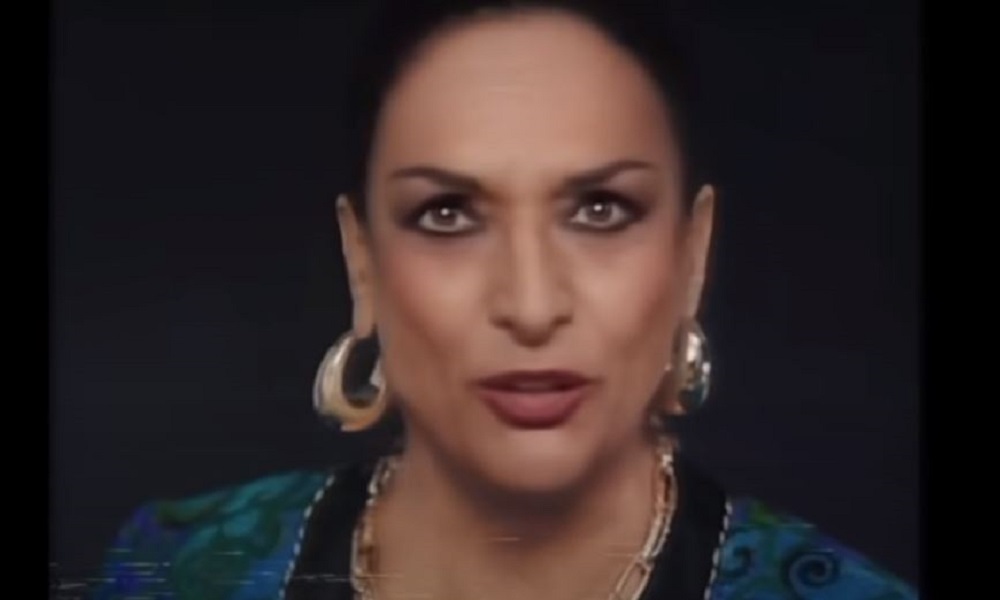We have been hearing the word ‘deepfake’ a great deal in the last few weeks, thanks to an ad by a well-known beer producer which has brought back to life the much-missed artist Lola Flores. In this post we will be looking at the cases in which this technology can be used and the legal aspects that must be borne in mind.
The term ‘deepfake’ refers to a technique that is put to work to make false sounds or images of persons that appear real, through the use of artificial intelligence. This technology has evolved substantially in the last few years and, at present, high quality algorithms are used to generate hyperreal images or sound.
After seeing the ad in which Lola Flores appeared (see ad), many might question whether the image or voice of dead people can be used for advertising purposes. Organic Law 1/1982, of May 5, 1982 on the protection of the right to honor, personal and family privacy and personal portrayal of May 5, 1982, establishes that the right of publicity is a personal right and as such, ends with the person’s death. However, the right to memory, also regulated in this law, is an extension of publicity rights. The individuals named in a person’s testament, failing this the deceased’s surviving family members and ultimately the Public Prosecution Office, can protect the memory of the deceased after his/her death. Therefore…
Any use of a dead person’s image for advertising purposes must be authorized by their heirs.
Indeed, cases already exist in which the heirs of a celebrity have assigned their publicity rights purely for commercial purposes. To give just a few examples: Audrey Hepburn (see video) advertising a well-known brand of chocolate or Elvis Presley advertising a car.
Is it possible to do this when the celebrity is alive?
This also applies to celebrities who are alive and whose image is used to make deepfakes for advertising purposes. In these cases, Organic Law 1/1982 establishes that it is necessary for the person involved to expressly consent to the use of his/her image. Consent can be withdrawn at any time, albeit possibly having to pay compensation for the damages caused.
False messages
The current use of deepfakes is by no means limited to advertising. Indeed, we often find third parties using this technology in bad faith to humiliate or send false messages by making people believe that a person has said or done something that they haven’t. These cases could constitute criminal defamation, false accusation or an offence against moral integrity.
Deep fake technology and COVID-19
But not everything is or can be bad about deepfakes. This technology is often applied to make use of someone’s image, with consent, but without the need for them to be physically present. This is the case of the Hulu ad, in which three athletes, due to the restrictions imposed by the pandemic, could not go to the facilities to shoot the commercial. In this case the advertiser chose to use deepfake technology taking advantage of the athletes’ faces and superimposing them on a double’s body.
Parody
Another common use of deepfakes, which is very widespread on social media, is as humor. In this case, in order to know whether the image of public figures can be used to create a caricature or parody, we must turn to the Intellectual Property Law. The Law establishes that three requirements must be met to classify a work as a parody. Namely:
- The prior work must have been communicated;
- The work parodied cannot be confused with the prior work; and
- The author’s original work may not be harmed.
Now that we know the requirements that a parody must meet to be considered a parody, we will see whether it can be applied to deepfakes made purely for humor. The reply in this case is yes. It is evident that what deepfakes do is conjure up a prior work which is clearly different from the original work. As an example, we include a link to a video made using deepfake technology which went viral a few months ago, in connection with the general elections, which is a send-up of the A-Team: The E-Team.
Therefore, although some deepfakes cannot be classified as original works, it is true that if they meet the above requirements, in practice, the limit that parody establishes on copyrights is applied, and there is no need to obtain consent from public figures to use their image.
The above notwithstanding, it is also important to bear in mind that parody cannot be used to insult. Parody is solely and exclusively intended as humor and when a deepfake is insulting or disparaging to the persons that appear, it is no longer humor.
Therefore, although the use of deepfake technology may at times conflict with publicity rights, it is lawful if the requirements summarized below are met:
- When deepfakes are used for commercial purposes the express consent of all those who appear in the video must be obtained, and if the person has died, the heirs or direct descendants must be contacted.
- There is no need to obtain consent from individuals that hold a public office, are in a highly visible profession or if the video is purely for humoristic purposes and meets the necessary requirements to be classified as parody.
Now we know all this, let your imagination fly!
Garrigues Intellectual Property Department






